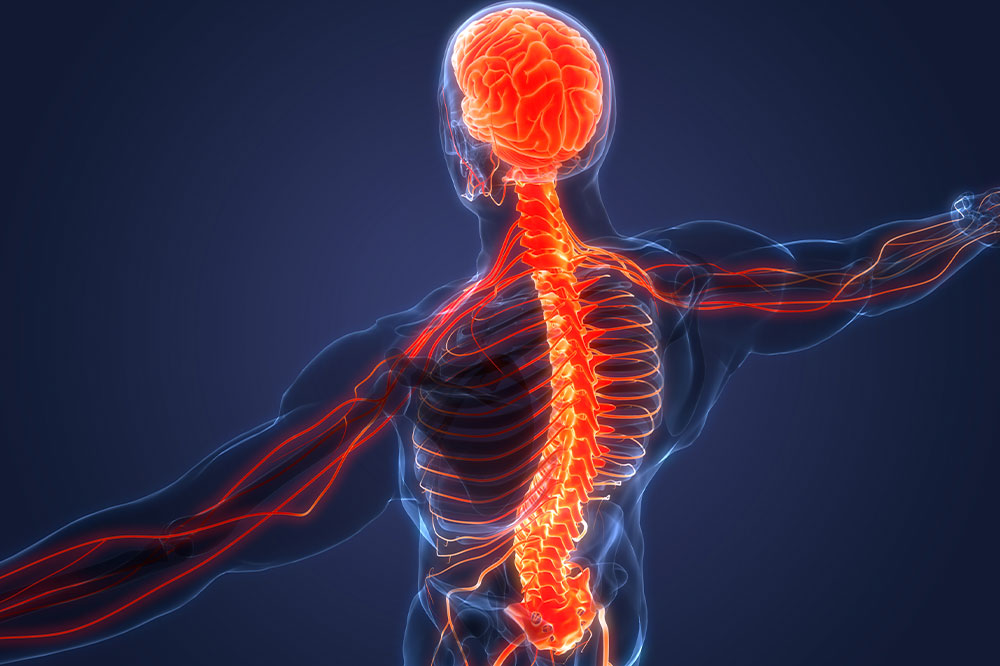
Guide to the workings of the nervous system
Human beings are the most complex creatures on the planet. So naturally, a complex organ and intricate communications network control all functions and activities. The nervous system, a group of organized cells, nerves, and matter, conducts the necessary electrical impulses to enable the complete functioning of the human body. The basic survival of humans depends on how well this system responds to changes in the surrounding environment.
Here is a brief overview of the nervous system, its functions, and its components:
Nervous system – Organs and function
A distinct bifurcation exists between the central nervous system (CNS) and the peripheral nervous system (PNS). The CNS is primarily made up of the brain and the spinal cord. The brain sends electrical impulses that travel down the spinal cord via an intricate network of nerves that further relay these signals. Every thought, action, response, emotion, and movement is controlled directly by this system. The PNS consists of all the networks that connect the rest of the body to the brain. This is how organs and body functions know what needs to be done. Both systems work in tandem to collect real-time information to process and send out commands accordingly. This relay is so fast that researchers conclude the speeds reach over 300 miles an hour in layman’s terms.
Primary organs connected to the nervous system
The brain, spinal cord, white and gray matter, central glial cells, and cranial nerves comprise the entire nervous system. Here is a detailed overview of organs and functions.
Brain
No other organ in the human body is as complex as the brain, especially when one tries to quantify its computations. In fact, there are a greater number of neurons in the brain than the total number of stars in the known Milky Way galaxy! The numbers are staggering, with over 100 billion neurons comprising nearly 100 trillion synaptic connections that control everything in the human body.
Spinal cord
The brain generates electrical impulses within the neurons that carry signals to other body parts. But this is only possible because the spinal cord runs down the entire length of the back up to the pelvis. Every single nerve in the CNS and PNS networks is directly connected to the spinal cord and the brain.
White matter, gray matter, and central glial cells
These are distinct types of tissues found in the brain that protect the neurons that relay electrical impulses. The brain uses about 20% of the body’s total energy, and the tissues mainly protect the neurons and support the synapses of brain activity.
Cranial nerves
Cranial nerves carry the primary olfactory and optic information that controls sight, hearing, taste, smell, and touch. These 12 pairs of nerves are the only way the brain can comprehend changes in sensations in and around the body.
A number of factors, including daily nutrition, wellness activities, nervous system exercises, and lifestyle choices, influence the overall functioning of these organs. Researchers have developed detailed nervous system flow charts and nervous system diagrams that outline every function of these individual components. These references are available free of charge online and in compatible formats.




